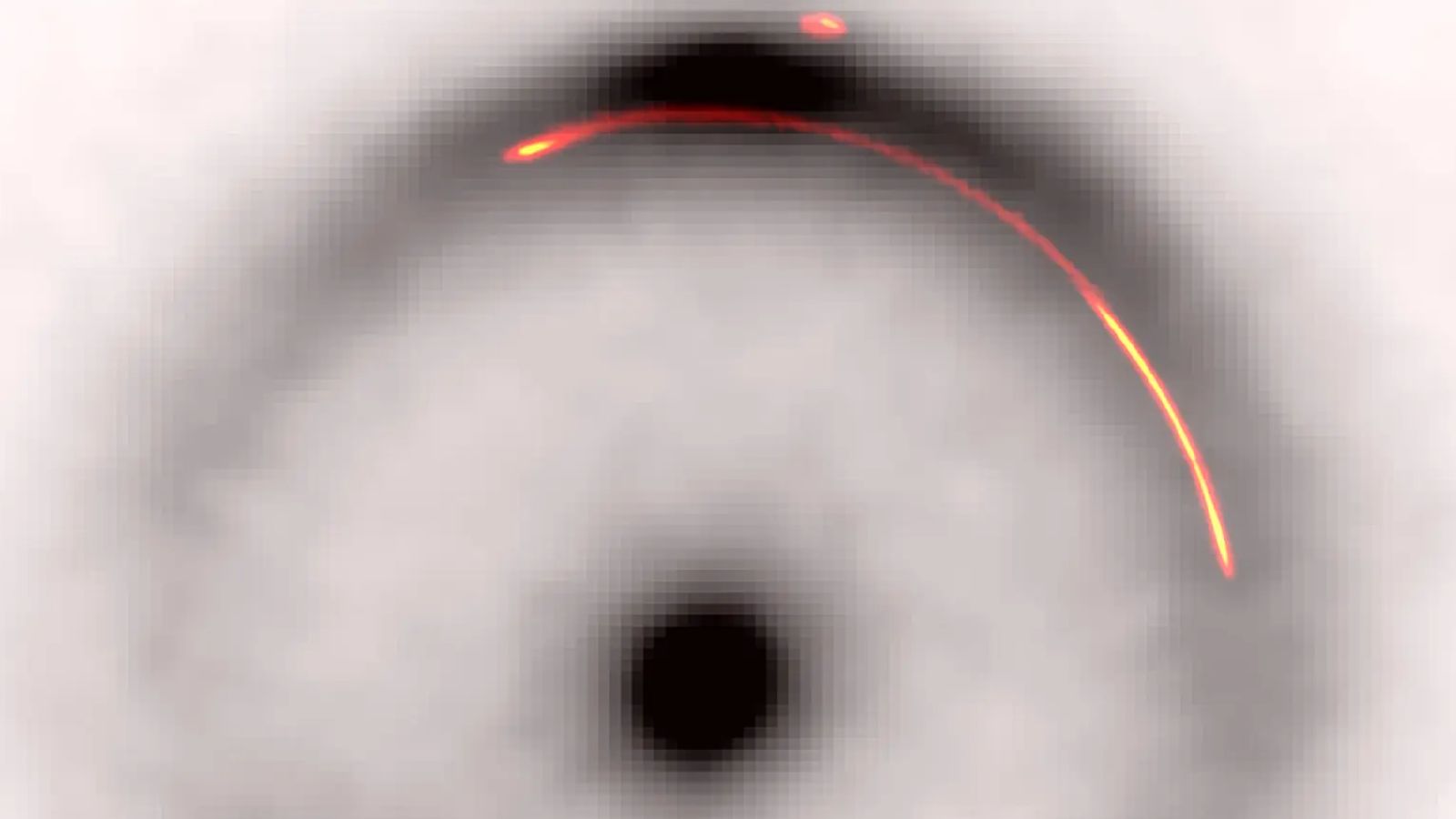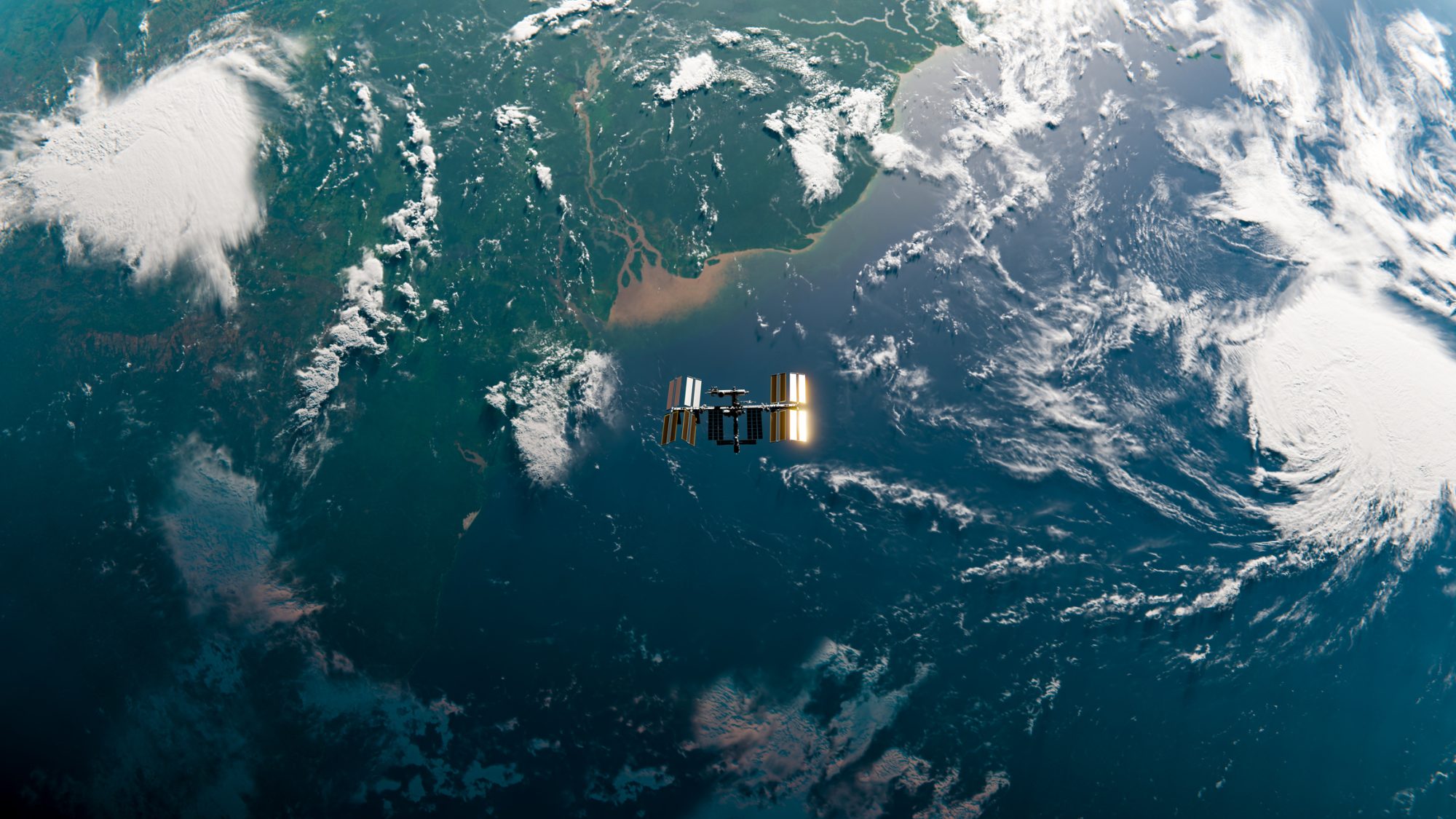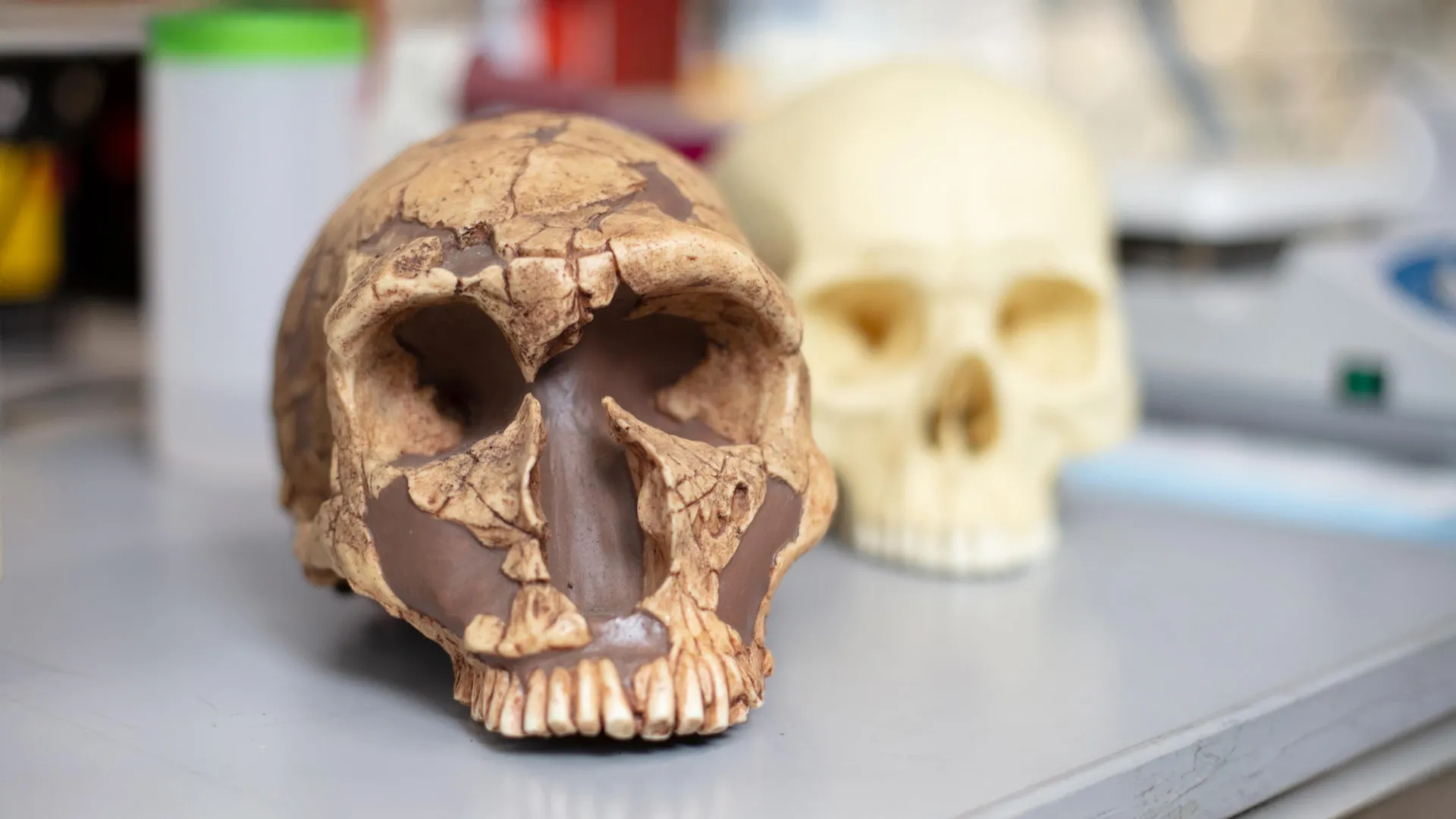…

By establishing a mouse-fish gamete interaction assay, we report that, although the chorion cannot support mouse sperm binding, a subpopulation of mouse sperm can find and enter the fish micropyle. Mouse sperm cross the micropyle and…
This request seems a bit unusual, so we need to confirm that you’re human. Please press and hold the button until it turns completely green. Thank you for your cooperation!

Astronomers have discovered a surprisingly small “dark object” lurking within a distant ring of warped light. The record-breaking find could help shed light on the mysterious identity of dark matter, which would have major implications for the…
JERUSALEM, Oct. 16 (Xinhua) — An international team of astronomers has observed a supermassive black hole tearing apart a star far from a galactic center for the first time, challenging long-held assumptions about where black holes reside and…


What made the modern human brain so different from that of our extinct relatives, such as Neanderthals? Researchers at the University of California San Diego School of Medicine, along with an international team, have discovered that ancient…

WHO. Global technical strategy for malaria 2016–2030 [Internet]. Geneva, World Health Organization; 2015 [cited 2024 Dec 9]. Available from: https://iris.who.int/handle/10665/176712
Moonasar D, Nuthulaganti T, Kruger PS, Mabuza A, Rasiswi ES,…

Oct. 16 (UPI) — SpaceX set a milestone Thursday morning as it marked the 130th launch of its Falcon 9 rocket.
The Falcon 9 that launched 28 Starlink satellites took off at 5:57 a.m. EDT Thursday morning from Cape Canaveral Space Force Station…